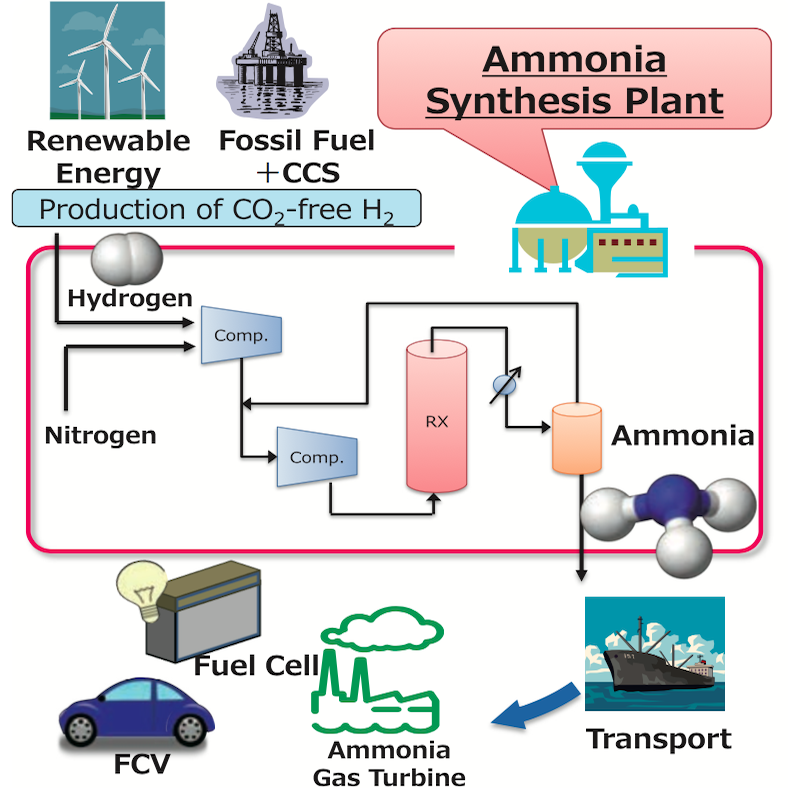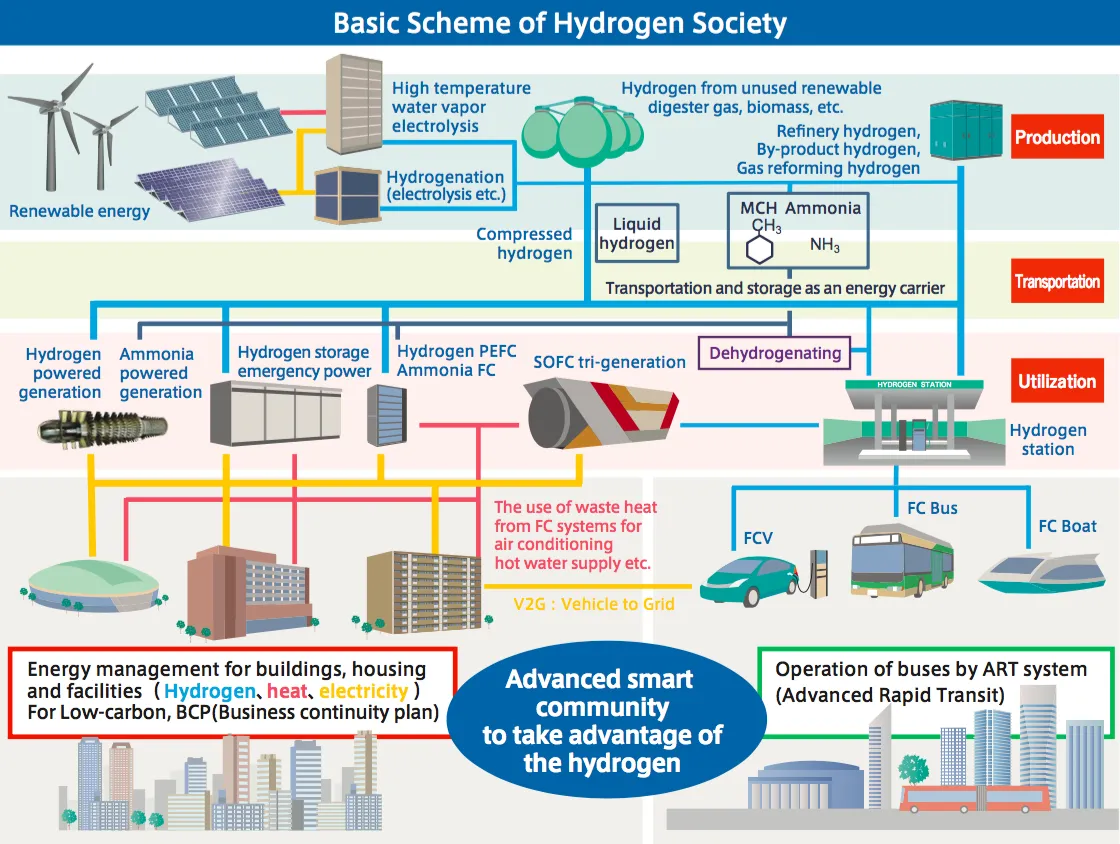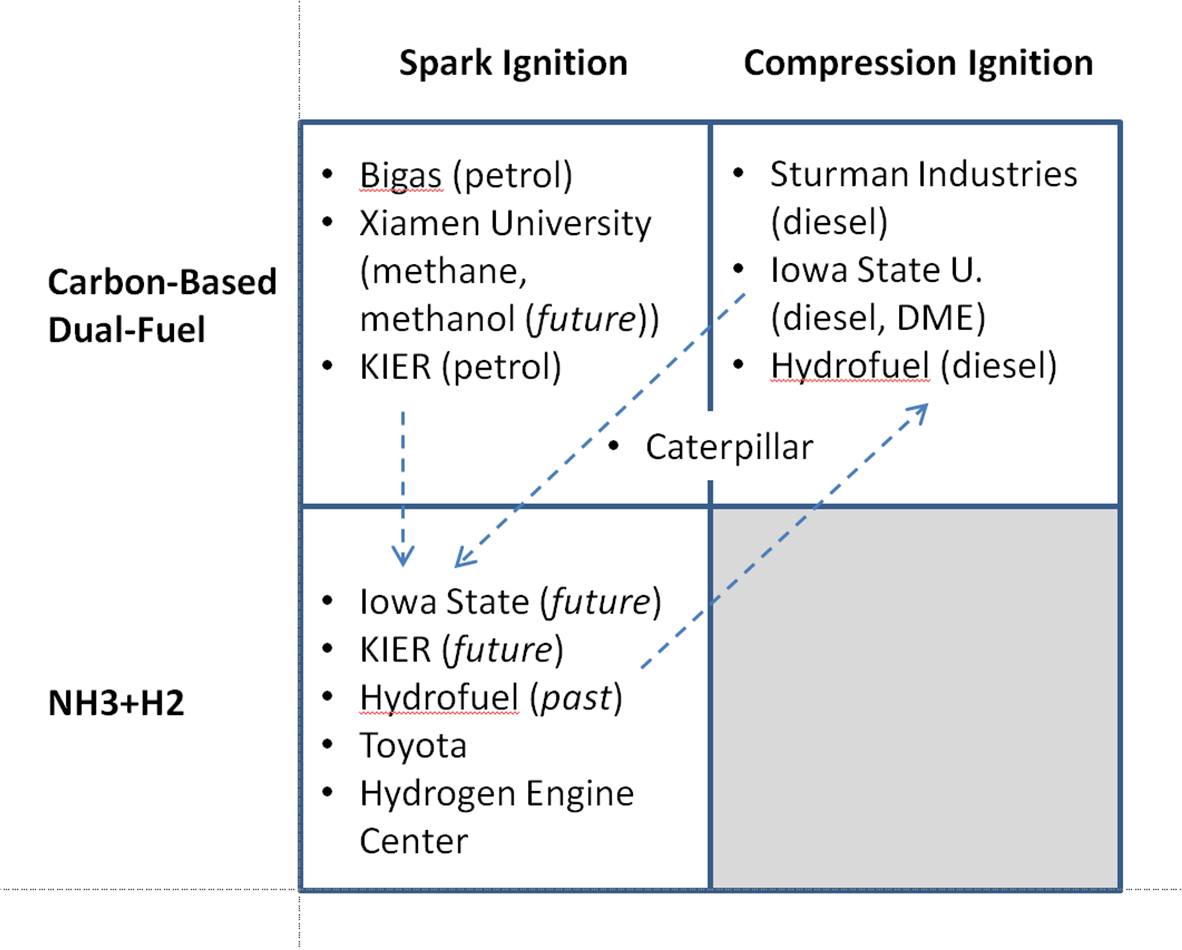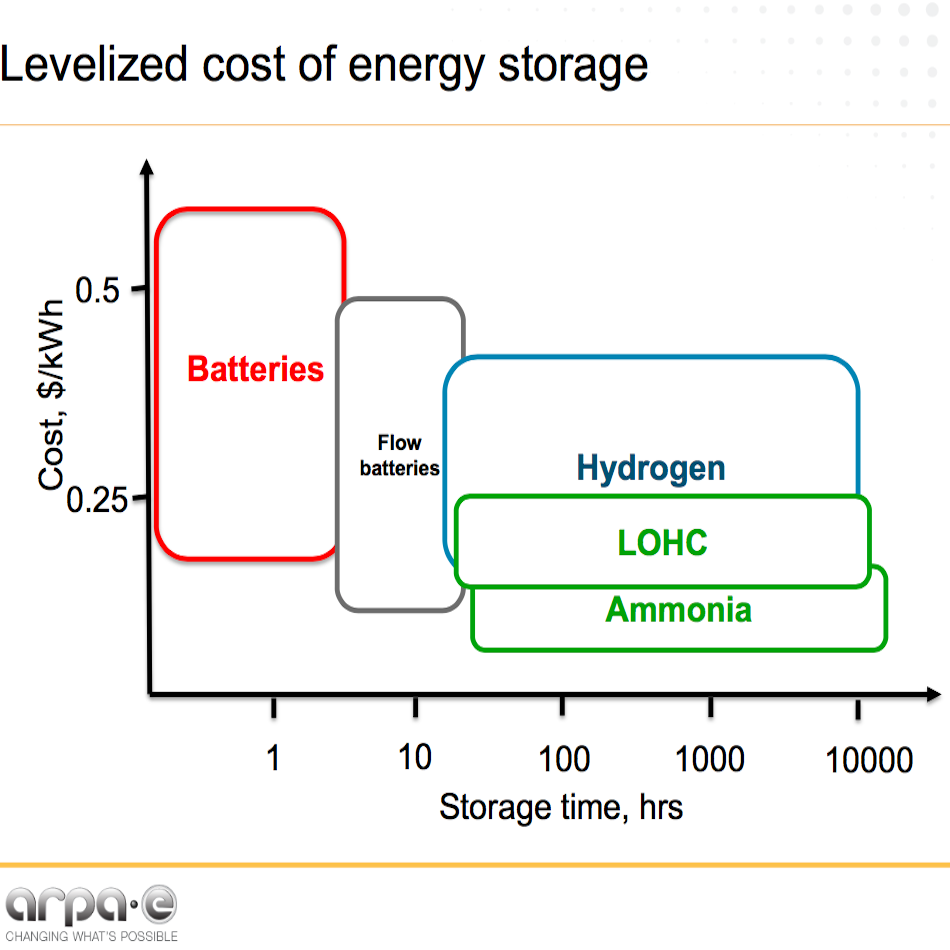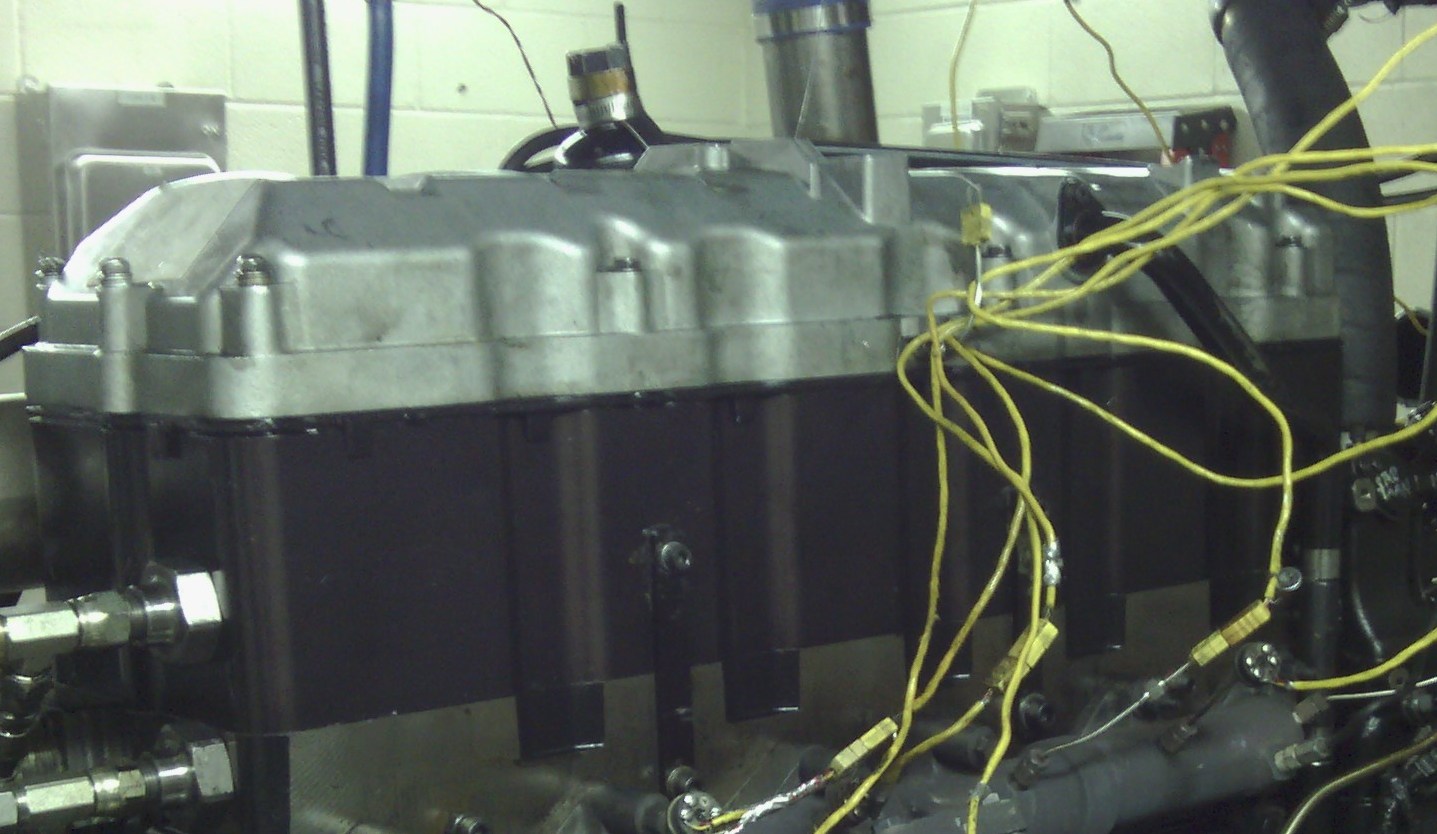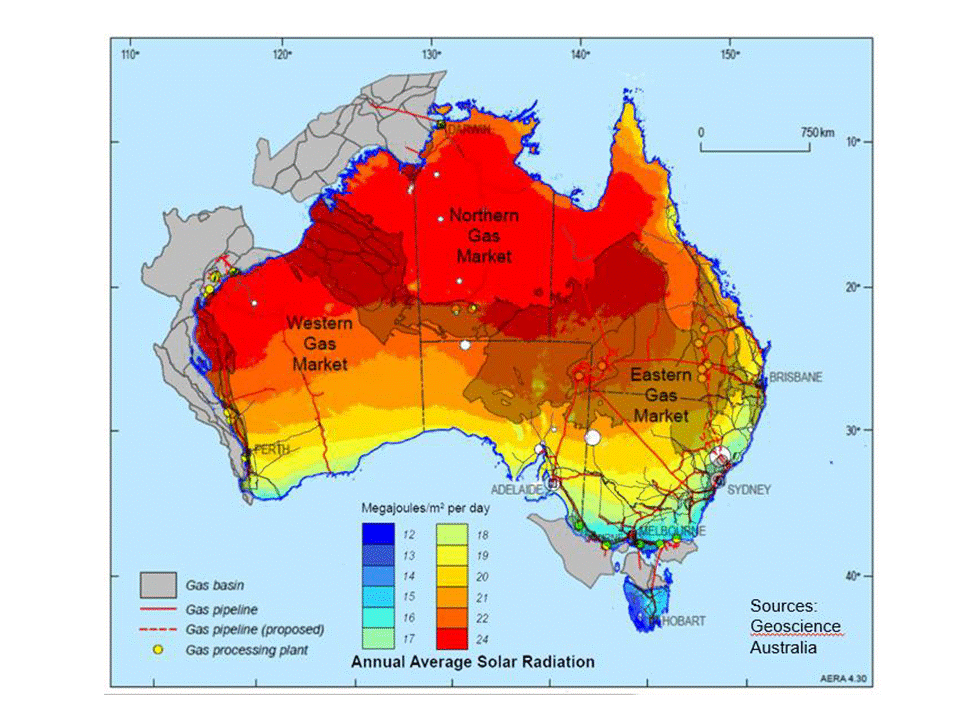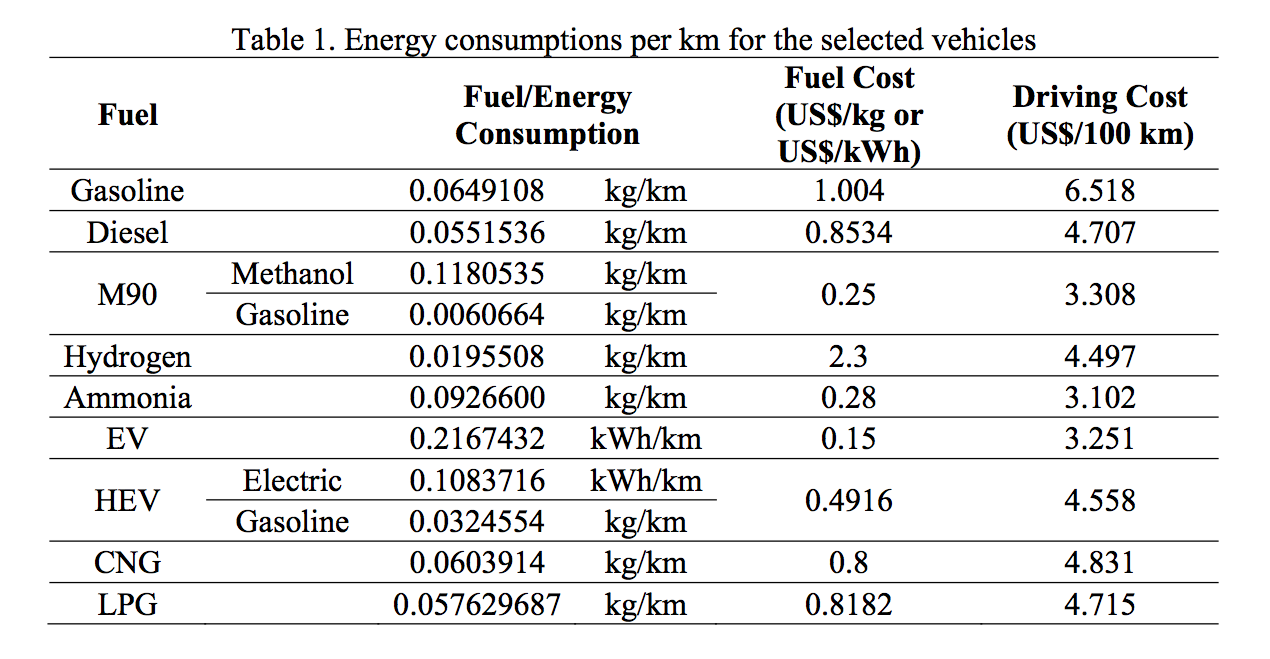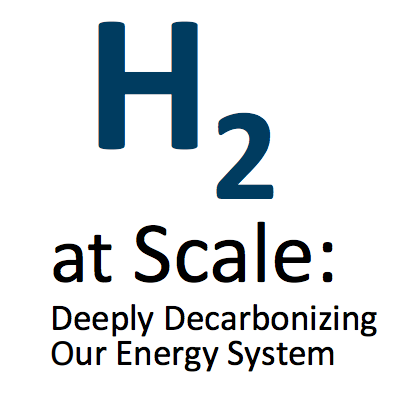Low-carbon ammonia synthesis: Japan's 'Energy Carriers'
In 2018, a pilot plant in Japan will demonstrate a new way to produce ammonia at industrial-scale, with a low carbon footprint. This is part of Japan's 'Energy Carriers' R&D initiative, which aims to develop technologies to enable the nation's transition to a carbon-free hydrogen economy. The scope of the program covers ten subjects that encompass the full "CO2-free hydrogen value chain." Three of these ten programs describe a technology pathway for making low-carbon ammonia.
